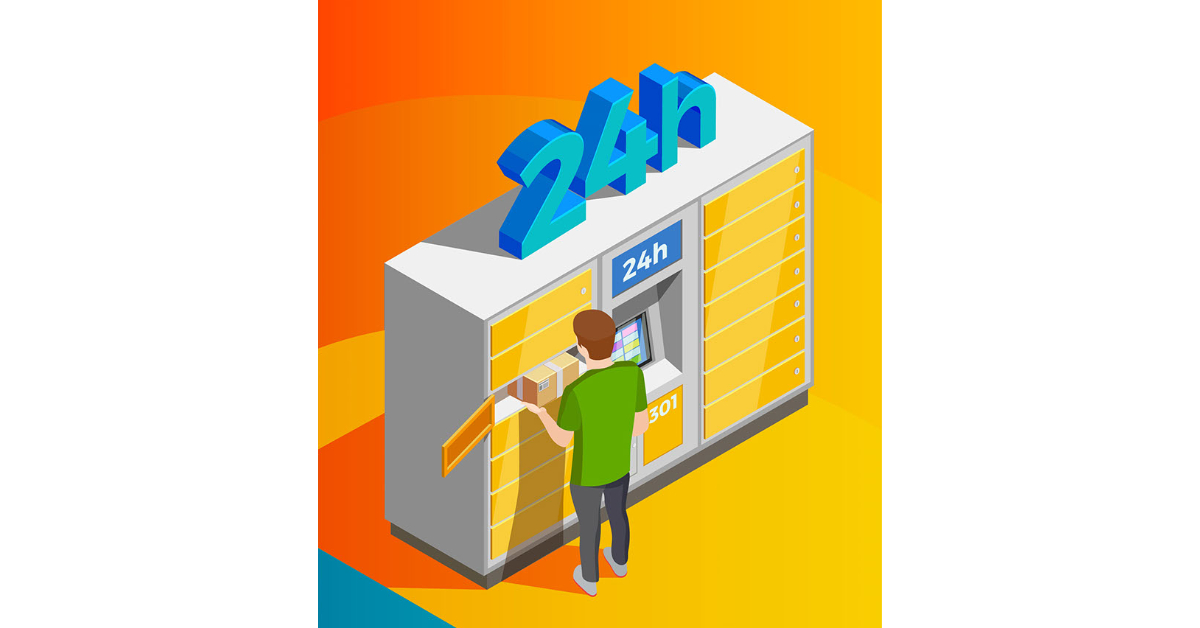How will Last Mile Delivery Transform in the Post-Pandemic World?
COVID-19 has dramatically shifted consumer habits and the retail industry. Many businesses have struggled to keep up with the boom in demand for home delivery. Moreover, the last mile comprises over half of the total cost of shipment of goods, so there is zero room for inefficiency in the final step of the shipping process anymore.
E-commerce has been directly affected by Pandemic as people staying at home turn to online shopping. Shipment volumes projected for 2026 now look likely by 2023 all over the world. Also, the profile of goods shipped has changed, with more people ordering even the largest purchases online.
The dramatic changes in people's buying habits look like permanent; even before Covid-19, retailers were shaping shopping experiences promoting delivery to people's homes. As consumers increasingly turn to e-commerce for all their shopping needs, the speedy delivery is not just a "nice to have" - it is a "must-have" for customer satisfaction. However, the "last-mile" of delivery, the point at which the order finally arrives at the buyer's door, is the most expensive and time-consuming part of the shipping process. As a result, businesses have begun looking at new technologies to increase parcel volume, to accelerate deliveries, and delight customers - all while trying to cut costs.
The parcel locker systems in which customers themselves collect or deliver their own parcels from suitable locations across the city seem like the best solution comparing to other last-mile delivery innovations in the market.
With parcel lockers, logistics carriers can deliver orders to a set parcel locker location, eliminating the inconvenience and cost of failed first deliveries, rescheduling deliveries, and solving the uncertainty of having someone at home to pick up an item within an indefinite period. Thus, they get higher first delivery success rates and deliver more packages per journey - up to 5 times more packages. Also, recipients can pick up and return orders at their convenience with minimal queueing and indirectly lowering service costs by effectively located parcels. In a recent analysis on the global parcel locker market by Belgium-based International Post Corporation, parcel lockers are already heavily used in Finland, Denmark, China - with a usage rate of up to 43%.

